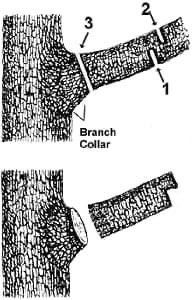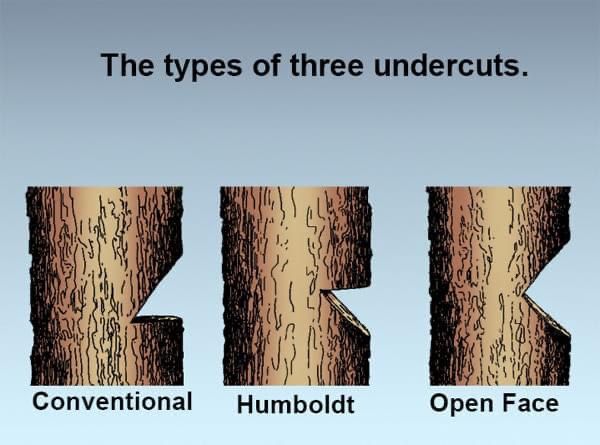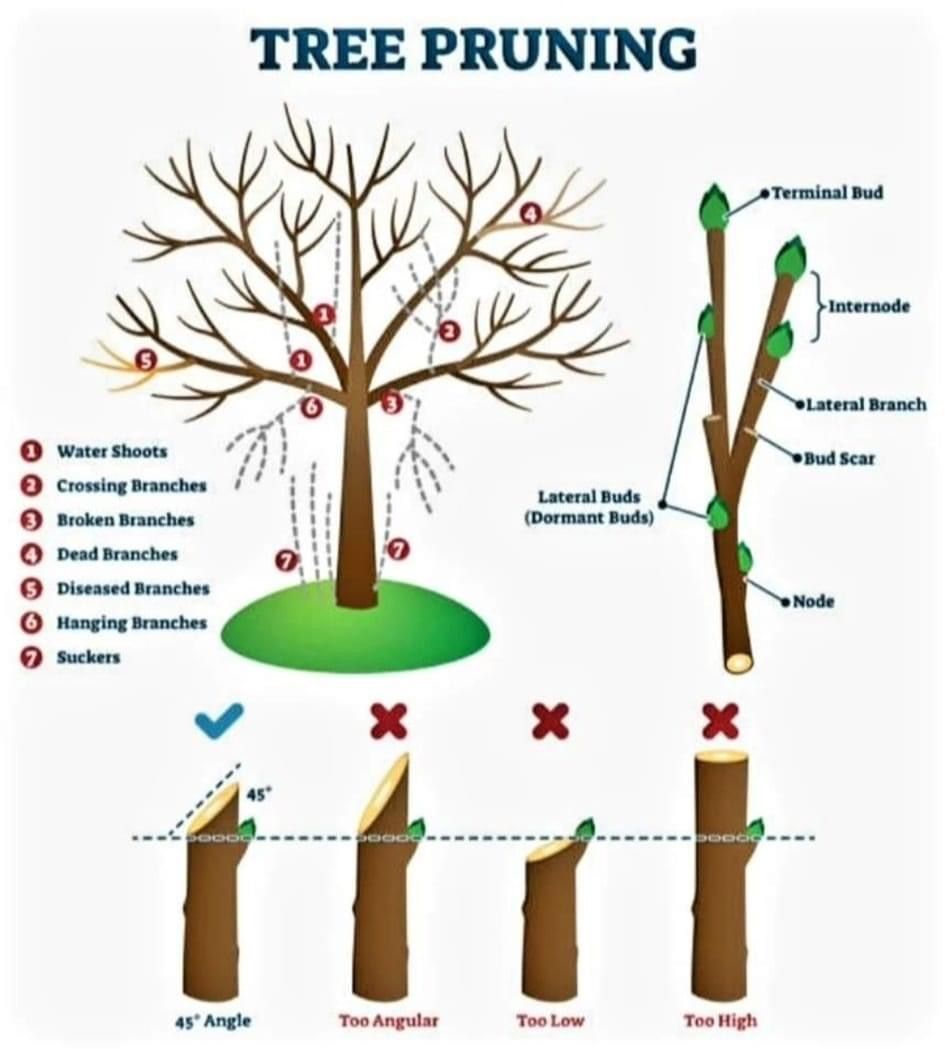Tree Work Knowledge
Exploring Tree Work: Essential Insights for Arborists and Tree Care Professionals
Tree work, also known as arboriculture, encompasses a wide range of practices and techniques aimed at the care, maintenance, and preservation of trees. From pruning and trimming to tree removal and disease management, tree work requires specialized knowledge, skills, and equipment to ensure the health, safety, and beauty of trees in various environments.
Key Concepts in Tree Work:
- Tree Pruning: Pruning is the selective removal of branches or parts of a tree to improve its structure, health, and appearance. Proper pruning techniques include removing dead or diseased branches, thinning dense canopies, and shaping the tree to promote balanced growth.
- Tree Removal: Tree removal is the process of cutting down and removing trees that pose safety hazards, are dead or diseased, or need to be cleared for construction or landscaping projects. Safe and efficient tree removal requires careful planning, proper equipment, and adherence to safety protocols.
- Tree Health Care: Maintaining the health of trees is essential for their longevity and vitality. Tree health care practices include soil management, fertilization, pest and disease management, and proper irrigation to support optimal growth and resilience.
- Tree Risk Assessment: Assessing the health and structural integrity of trees is critical for identifying potential hazards and mitigating risks. Tree risk assessment involves evaluating factors such as tree species, condition, location, and surrounding environment to determine the likelihood of failure and the potential consequences.
- Tree Preservation: Preserving mature trees is essential for maintaining biodiversity, ecosystem services, and the aesthetic value of landscapes. Tree preservation techniques include root zone protection, canopy preservation, and implementing construction best practices to minimize damage to trees during development projects.
- Urban Forestry: Urban forestry focuses on the management and care of trees in urban and suburban environments. Urban foresters address issues such as tree planting, maintenance, and canopy cover to enhance the quality of life, mitigate environmental impacts, and promote sustainable urban development.
Skills and Expertise in Tree Work:
- Tree Identification: Knowledge of tree species, characteristics, and growth habits is essential for effective tree work. Arborists should be able to identify common tree species and understand their specific needs and vulnerabilities.
- Pruning Techniques: Mastery of pruning techniques, including proper cuts, branch collar identification, and pruning objectives, is essential for promoting tree health, structure, and aesthetics while minimizing stress and damage.
- Climbing and Rigging: Arborists often work at height using specialized climbing and rigging techniques to access trees safely and perform tasks such as pruning, removal, and canopy inspection. Proficiency in climbing, rigging, and aerial rescue is critical for arborists working in tree care.
- Safety Protocols: Safety is paramount in tree work due to the inherent risks associated with working at height and operating heavy equipment. Arborists must be trained in safety protocols, use personal protective equipment (PPE), and follow industry standards and regulations to prevent accidents and injuries.
- Diagnostic Skills: Diagnosing tree health issues, pests, and diseases requires keen observation, knowledge of symptoms, and diagnostic tools. Arborists should be able to assess tree health and recommend appropriate treatments or management strategies to address issues and promote recovery.
Conclusion:
Tree work is a multifaceted field that requires a deep understanding of tree biology, care practices, and safety protocols to ensure the health, safety, and longevity of trees in urban, suburban, and natural environments. By mastering key concepts, honing essential skills, and prioritizing tree health and preservation, arborists and tree care professionals play a vital role in stewarding our natural resources and enhancing the beauty and functionality of landscapes.



All Rights Reserved | Contract Service Group | Powered by Flypaper | Privacy Policy
